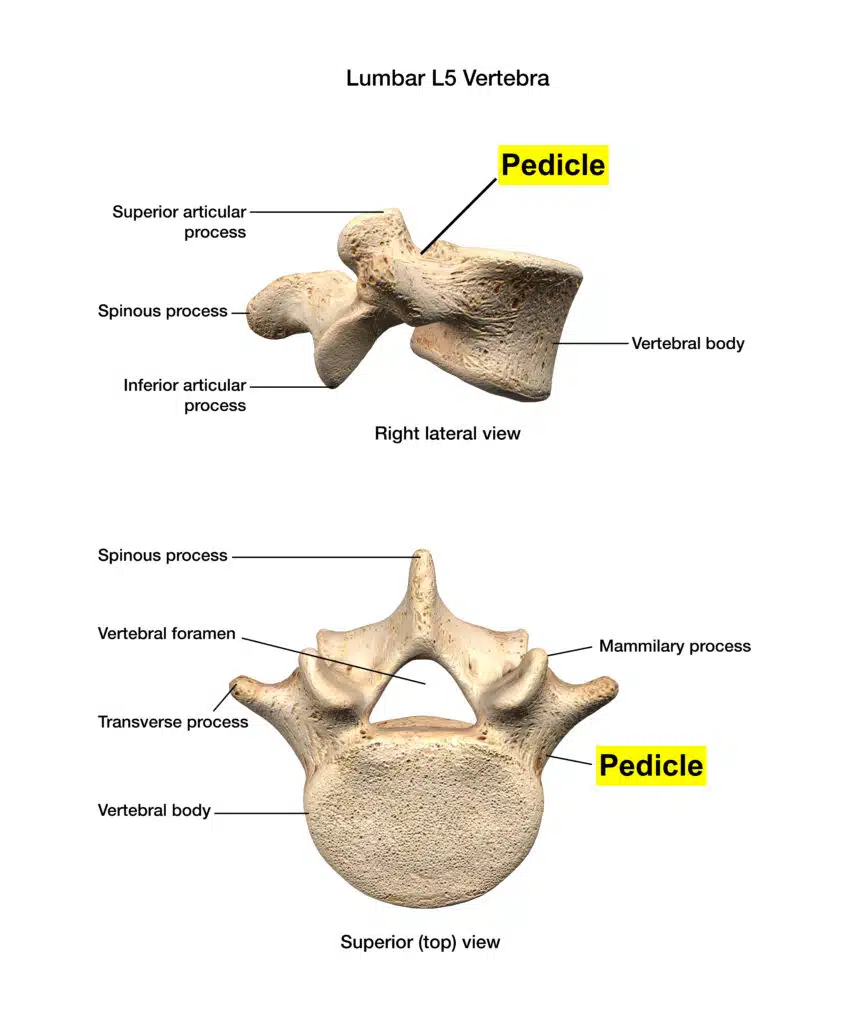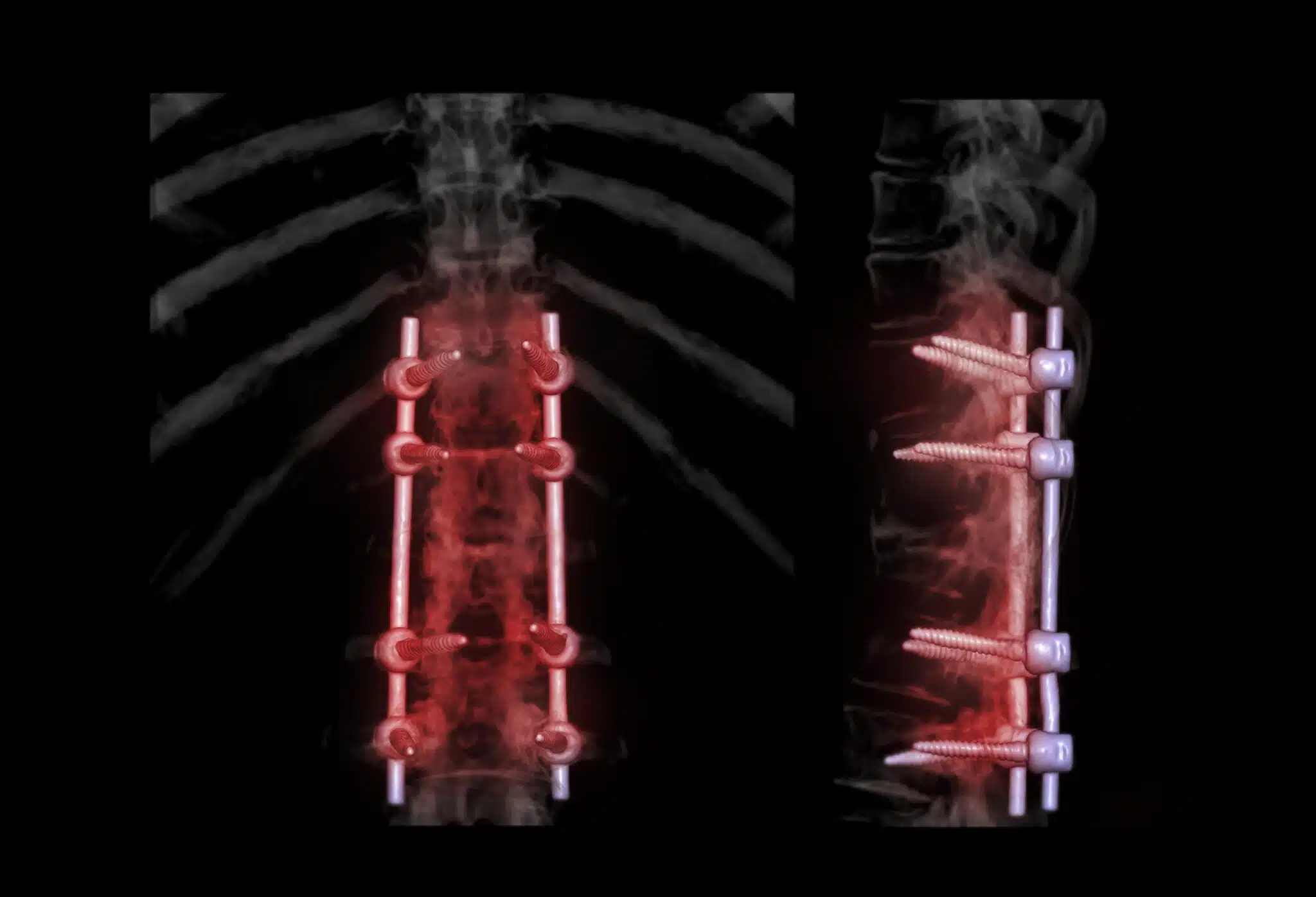A surgical treatment called spinal fusion is used to treat a number of spine problems, including spinal instability, scoliosis, and degenerative disc disease. Pedicle Screws for Spinal Fusion, which anchor instruments to the spine to help the fusion process, are an essential part of spinal fusion procedures. The safety and efficacy of these treatments have been significantly improved over time thanks to developments in pedicle screw technology, giving patients fresh hope and improving outcomes for medical professionals.
How to Understand Pedicle Screws
Pedicle screws are specialized instruments used during spinal fusion surgeries to hold spinal equipment, such as rods and plates, to the vertebrae. The pedicles, which are tiny bony structures on the rear of the vertebrae, are strategically screwed with these screws to provide rigidity and support as the spine heals and fuses
Advancements in Pedicle Screw Technology
Material Innovation: Titanium or stainless steel are the usual materials for pedicle screws. Newer alloys and materials, such as titanium-aluminum-vanadium, have become more widely used recently since they offer enhanced strength and biocompatibility while lowering the danger of corrosion
Screw Design Innovative screw designs have appeared, incorporating elements like expanding screws and varied thread patterns. These designs offer improved stability and grip, lowering the possibility of screw migration or loosening over time.
Robotics and navigation The precision and accuracy of pedicle screw placement have considerably increased as a result of the integration of robots and navigation technologies in spine procedures. With submillimeter accuracy, surgeons may now plan and carry out treatments, improving safety and lowering the possibility of problems.
Bone grafting and biologics: The development of biologics and bone graft materials has supplemented pedicle screw technology. Now that surgeons have a number of graft alternatives at their disposal, patients can recover more quickly thanks to faster and more robust bone fusion.

Benefits of Progress
The most recent advancements in pedicle screw technology provide numerous noteworthy advantages:
Enhanced Safety: Precise screw placement lessens the possibility of harming nearby structures, such as blood vessels and nerves, which results in fewer intraoperative complications.
Improved Fusion Rates: Better Screw Designs and biological materials provide higher fusion rates, which guarantee the spine’s long-term stability.
Reduced Recovery Time: Patients benefit from faster healing and shorter recovery times thanks to improved equipment and bone graft materials.
Reduced Revision Operations: Fewer patients will need subsequent procedures to address screw-related problems since the likelihood of screw complications is lower.
Increased Surgeon Confidence: Surgeons can tackle difficult spinal cases with more assurance because cutting-edge pedicle screw technology gives them the resources they need.

